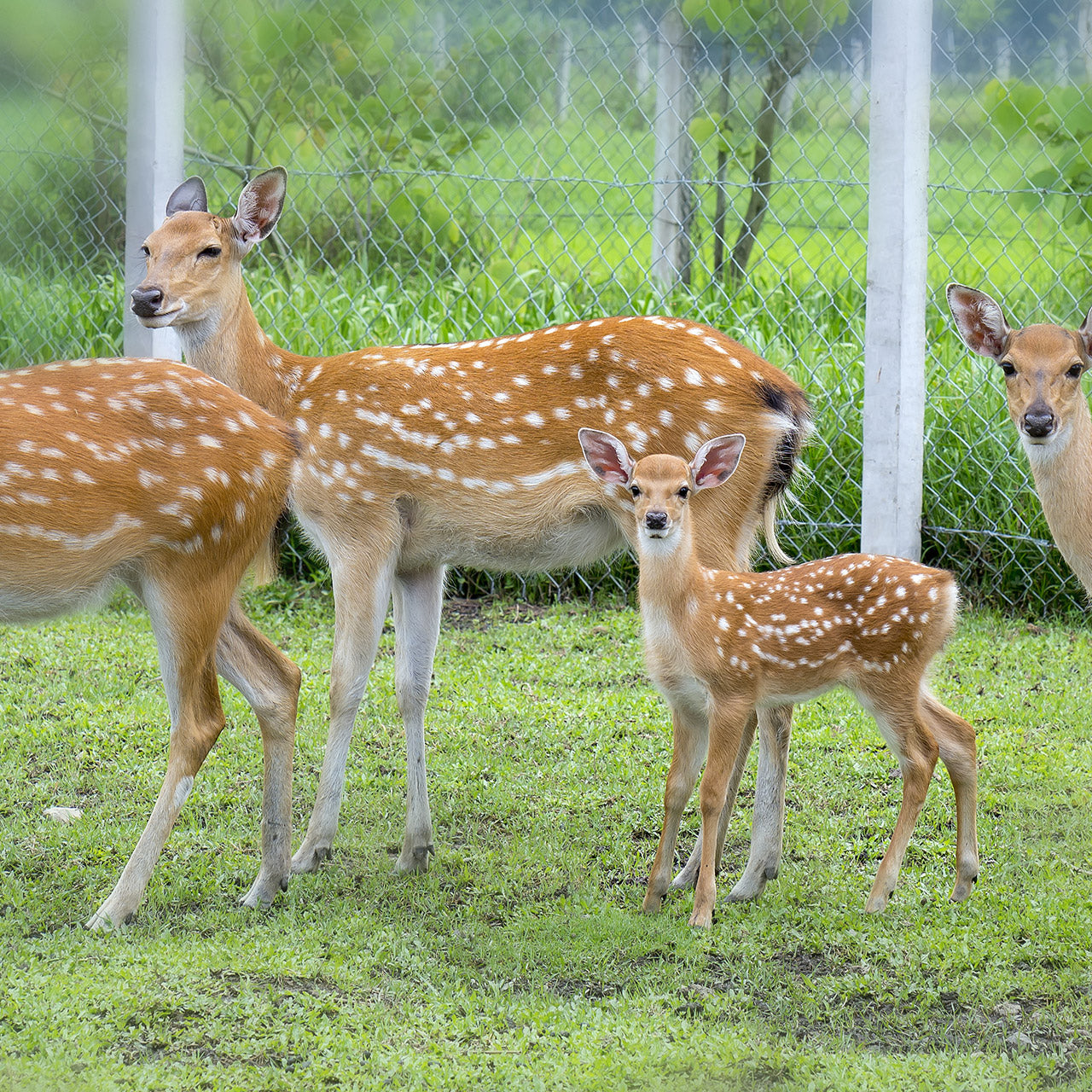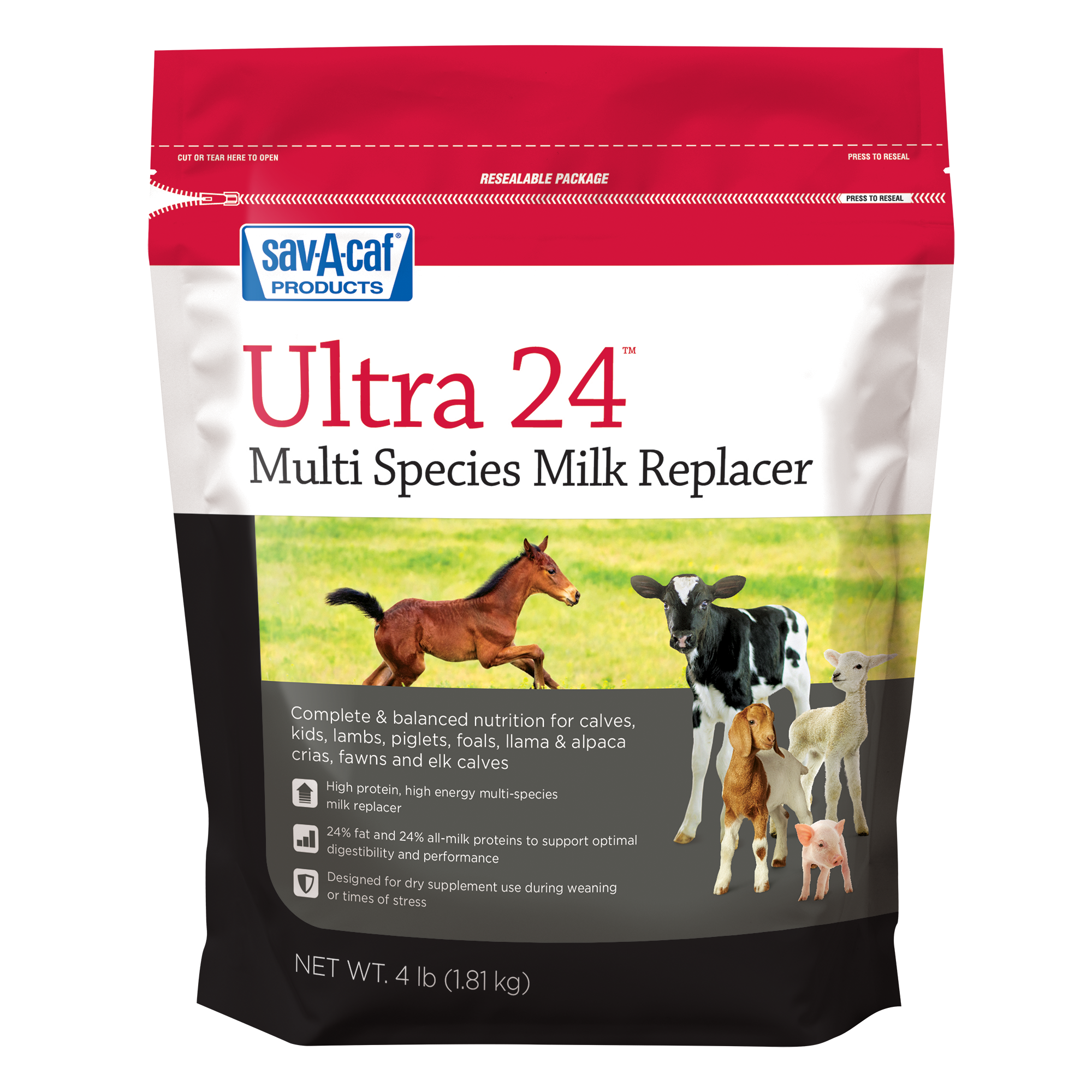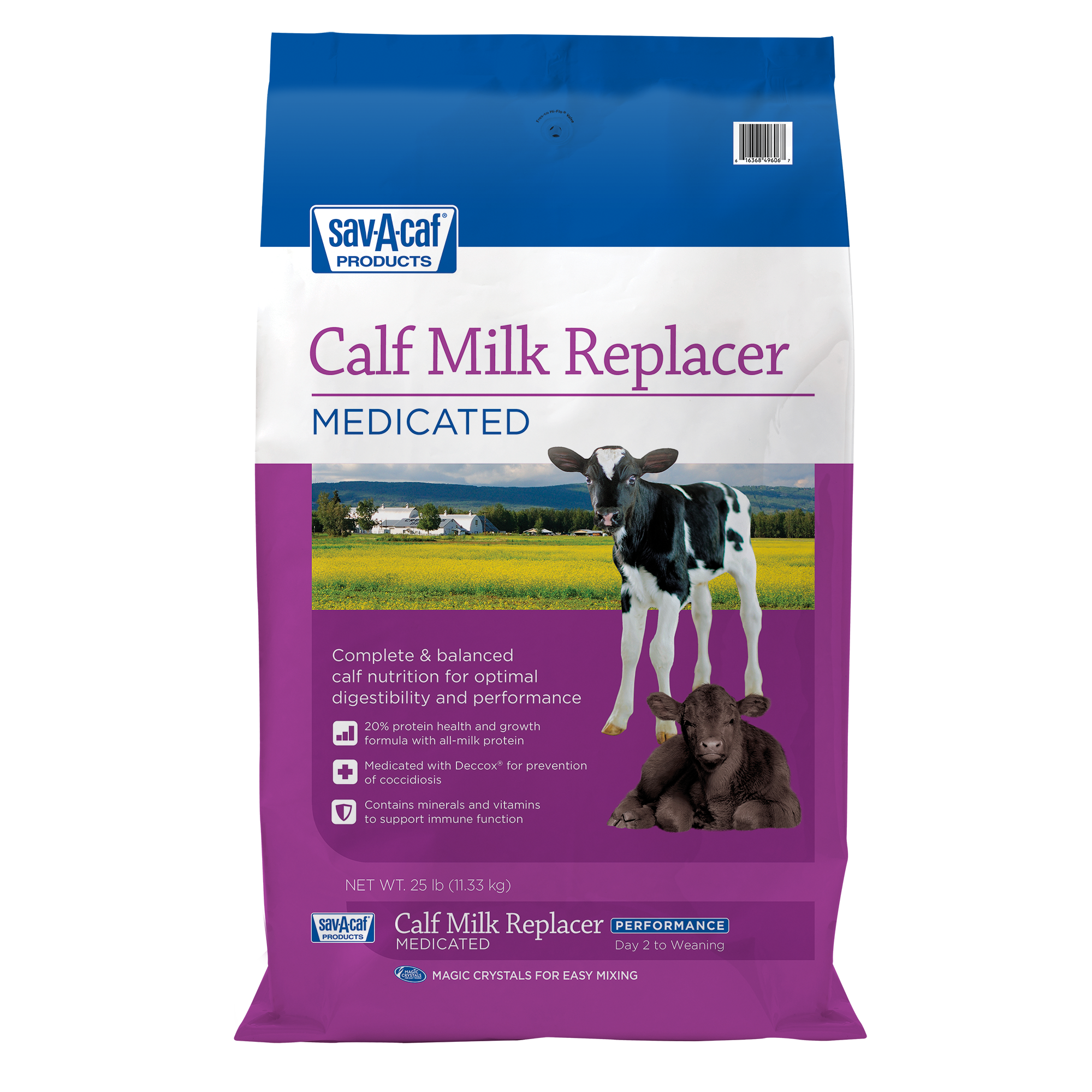
The birthing process in deer and elk
In most states, you must secure a permit to raise wildlife such as deer and elk on your property. For those who are permitted to raise wildlife, knowing how to properly care for your fawn or elk from the moment they are born is extremely important to give them the best start at a healthy life.
The Pregnancy
The gestation period for deer averages about 190-210 days and for elk about 240-260 days. Most deer will have just one fawn with their first pregnancy, but often give birth to twins in subsequent pregnancies, sometimes even triplets. Multiple births are much rarer for elk who tend to give birth to only one calf at a time. Newborn deer fawns typically weigh between 4-8 pounds at birth, compared to 30-35 pounds for elk.
Preparing for a Smooth Delivery
As the due date approaches, make sure your doe or cow has an appropriate spot to give birth. In good weather, clean, grassy pasture with long grass or low scrub for cover will work best. In less favorable weather, you will need a well-ventilated stall with clean, dry bedding. Perhaps most importantly, identify a good veterinarian or experienced deer or elk owner who can help with any complications you don’t feel prepared to handle alone, and have their phone number handy.
Another critical preparation step is putting together a birthing kit. A well-stocked kit should include the following items:
- Flashlight: To better see all angles of your laboring doe and her newborn.
- Several clean, old towels: To dry off the new fawn and clean up birthing fluids, but only if the dam is unable to do so.
- Betadine Surgical Scrub: To sanitize supplies or your hands.
- Sterile lubrication: In case your veterinarian advises you to assist with the birth.
- Garbage bags: For collecting afterbirth and soiled towels.
- Bottle and nipple: In case the fawn is not able to nurse immediately after birth.
- Multi-Species Colostrum Replacer or Supplement: For the first, most critical feedings if the newborn is unable to nurse.
- Electrolytes: To help reverse the effects of loss of body fluids due to diarrhea in the newborn fawn and help rehydrate the doe after laboring.
Watching for Signs of Labor
A couple weeks before her due date, start checking in on your doe every few hours to check for signs that labor may be approaching. You may notice the udders beginning to fill with milk a few days before going into labor, and she may start raising her tail more. But one of the surest signs of impending labor is separation from the herd. Natural instinct tells the doe to move away from the herd and seek cover to protect her newborn from predators. The same instinct usually causes her to go into labor around dusk as the protective cover of darkness arrives.
Your Role in the Birthing Process
Most does will deliver their newborns with little to no assistance, and it is best to avoid participating in the birth unless there are clear complications. When labor is progressing into the second stage, the doe will often lie down to deliver her newborn, although some do give birth standing up. Once she lays down, the fawn is usually delivered within 30 minutes. Normal birth position is feet first with the newborn’s head tucked between his legs.
If you do not see both hooves, if the fawn is in breech position i.e., rump first, or if birth does not progress within 45 minutes of active labor, consult a veterinarian or an experienced animal owner you have identified for some professional advice.
After birth, the doe will lick the newborn clean to remove any scent that could attract predators, which also helps to start respiration and warm his young body. He will likely be able to stand for the first time within 10-20 minutes. For the first few hours, stand back and let the fawn bond with his mother and nurse.
Feeding in the First Hours and Days
The first 18 hours is critical for the long-term health of your new fawn, and they will naturally start nursing within two hours to meet their nutritional needs. But if the mother dies, is in distress or otherwise cannot effectively nurse her newborn, it is imperative to have bottles, nipples and emergency nutrition on hand.
Colostrum, the thick, yellowish milk provided by the mother immediately after birth, jump-starts the immune system by providing important antibodies that could not be passed to the foal in utero. The newborn fawn’s body is uniquely designed to absorb these antibodies into the bloodstream via the intestines, but only for the first 12-18 hours of life. Absorption of these critical antibodies on the first day helps set the stage for a long, healthy life.
The mother’s natural colostrum provides the best nutritional start for her newborn because it contains antibodies specific to her herd and surroundings. But if the fawn does not nurse within one to two hours or you are worried that he is not nursing often enough or receiving adequate colostrum from his mother, a colostrum replacer or supplement, such as Sav-A-Caf® Multi-Species Colostrum Supplement, will help provide this critical immune support. Feed a colostrum replacer or supplement by bottle every two to three hours for the first 24-48 hours of life, according to package directions, if the fawn does not begin nursing properly.
After the first two days, if the fawn is still not nursing effectively, switch to milk replacer to provide the balanced nutrition they will need for growth and development. Always choose a milk replacer, such as Sav-A-Caf Ultra 24™ Multi-Species Milk Replacer with at least 24% protein formulated to meet the nutritional needs of fawns, and follow the packaging mixing and feeding instructions carefully to provide proper nutrition. Avoid handling the fawn any more than necessary.
Supplemental Nutrition
After birth, fawns are exposed to a host of new pathogens and microorganisms that can cause digestive distress and diarrhea. Because diarrhea often leads to dehydration, it is important to supplement the mother’s milk or milk replacer with an electrolyte supplement like Electrolytes Plus™ to support hydration. Be sure to feed electrolytes separately from milk replacer products, and always follow package directions for best results.
With proper preparation, monitoring and newborn nutrition, you will give your new fawn the best chance for a long, healthy and productive life. Read more about fawn and elk nutrition and be sure to follow My Farm Journey on Facebook and Instagram for additional insights.



